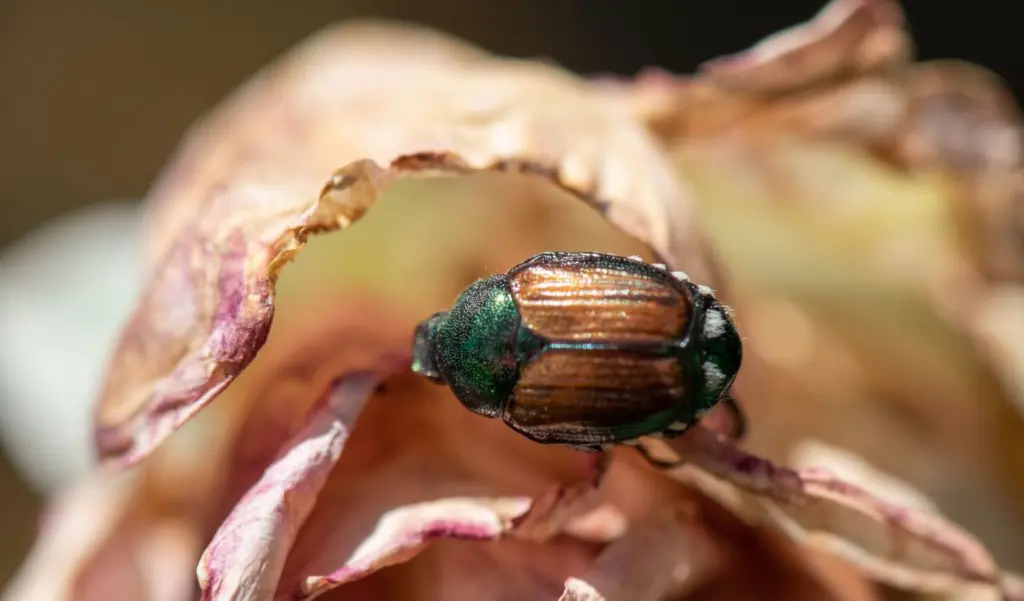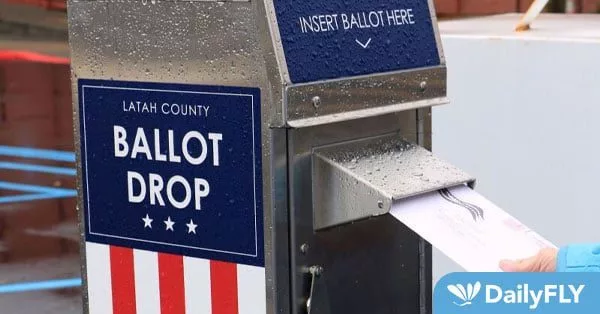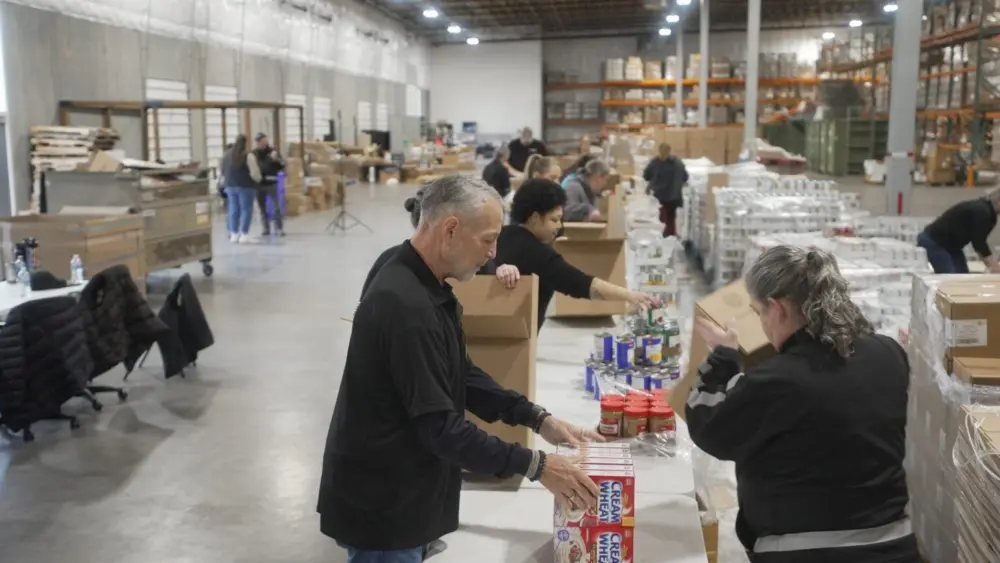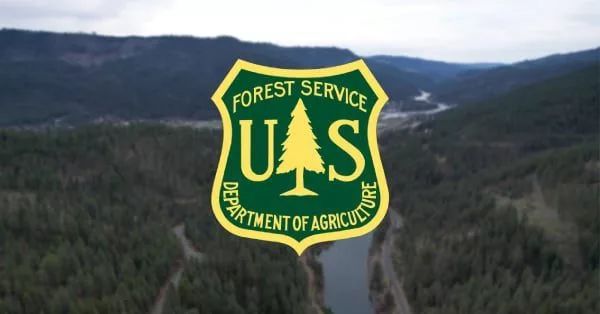OLYMPIA, WA – Washington’s agriculture department is seeking more than $13 million to deal with a pair of invasive insects that can destroy and damage a variety of plants, crops and trees.
The Department of Agriculture submitted a 2026 supplemental budget request to the governor’s office earlier this month, asking for $12.3 million to backfill state funding for its Japanese beetle eradication plan.
The plan was partially funded in the current two-year budget, but this funding only allows the department to treat 500 of 11,800 acres infested with the beetle.
Japanese beetles were first detected in Grandview, Washington, in 2020. The beetle now infests much of south central Washington and the SeaTac area, with a total of 51,065 beetles trapped statewide so far this year.
The beetles can eat more than 300 species, chewing large, irregular holes in leaves, while larvae eat roots in the soil.
Successful eradication of the insect is “critical” for Washington’s agricultural industry, the Department of Agriculture says.
“Without adequate funding, we may lose the fight against this extremely destructive pest,” the Department of Agriculture states in its budget recommendation summary.
Funding from the supplemental budget would allow the department to continue a special yard waste disposal program for areas the beetle has moved into and to treat all 11,800 infested acres with insecticide in the spring of 2026.
The department is also asking for $928,000 for spongy moth eradication. This would provide a cushion in case federal funding is cut, the agency said.
The spongy moth, formerly known as the gypsy moth, is widely considered to be one of the most destructive forest pests in the United States. The moth’s caterpillars can eat the leaves of over 300 species of trees and shrubs, including evergreens, causing defoliation and tree death.
The department anticipates that spongy moth eradication efforts could be needed in Lakewood and Kent next spring, but they won’t know for sure until surveys are completed in October.
There have been “unprecedented interceptions” of live spongy moths on cargo ships in Washington’s ports this year stemming from a possible outbreak in Japan, according to Sven-Erik Spichiger, an entomologist with the Department of Agriculture.
Port officials notified Department of Agriculture staff and were able to redirect the ships to prevent the insect from spreading.
“But what I can tell you is it’s kind of scary, because we’ve never had these types of interceptions,” Spichiger added during an update to the Washington State Invasive Species Council last month.
The Department of Agriculture’s invasive moth program has successfully prevented the spongy moth from gaining a foothold in Washington for the last 50 years, but the program depends on federal funds for half of its costs.
Several states, including Minnesota, Wisconsin and North Carolina, have already had their spongy moth eradication efforts interrupted by a loss of federal support, and Washington won’t know if its program has federal funding until December 2025 at the earliest.
The supplemental budget request would allow for eradication efforts in Lakewood and Kent next spring, even if the program loses federal funding.
Other state departments that work to combat invasive species did not request funding from the 2026 supplemental budget to continue their work.
This year, the Legislature provided $12 million in the 2025-27 budget towards managing the European green crab, consistent with the funding the initiative received in the last biennium.
The invasive crabs were first found in the late 1980s on the West Coast and began to surge in Washington’s waters about six years ago. They pose a threat to native wildlife, the shellfish industry and shoreline habitats.
A 2022 order from then-Gov. Jay Inslee, declaring the growing green crab population an emergency and urging the Legislature to provide emergency funds to manage the infestation, is still in effect.
Over 1.1 million green crabs were removed from Washington’s marine waters between July 1, 2024 and June 30, 2025, according to a Department of Fish and Wildlife report released last month.
The Washington Invasive Species Council voted in July to recommend that the Department of Fish and Wildlife classify the golden mussel — a freshwater species known for its fast reproduction and ability to clog water infrastructure — as a high-priority invasive species.
But that process is ongoing and a management plan is still in the works, according to Justin Bush, aquatic invasive species policy coordinator for the Department of Fish and Wildlife.
“We’re trying to work as fast as we can through that with that imminent threat,” Bush said, adding that the department has criteria for determining when the situation requires an emergency proclamation like the green crab’s.
The golden mussel has not yet established itself in Washington state, though it has been intercepted on some ships from California.
The golden mussel was first detected in California last year, marking the species’ debut in North America. Since then, the golden mussel has spread through much of the state.
This story first appeared on Washington State Standard.





